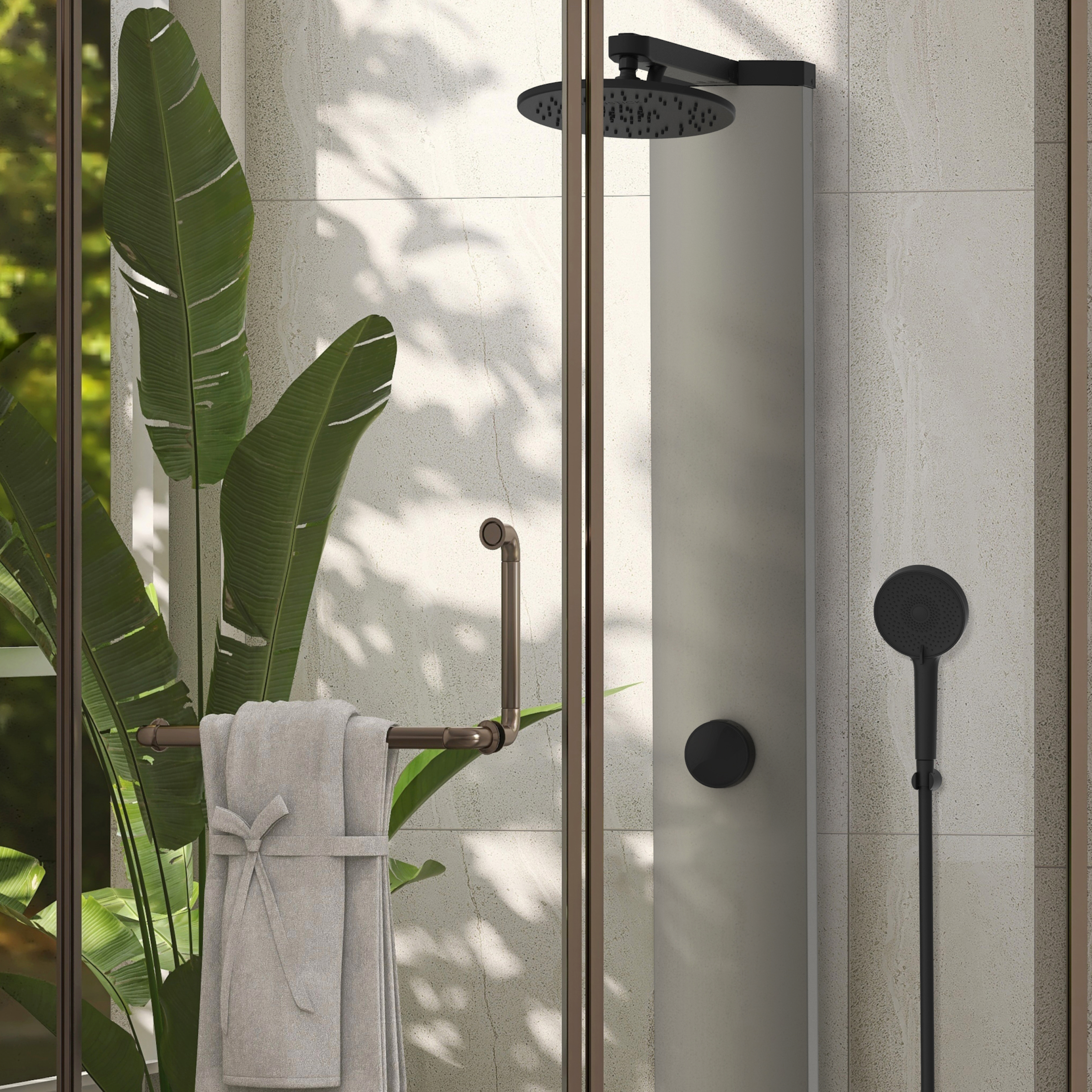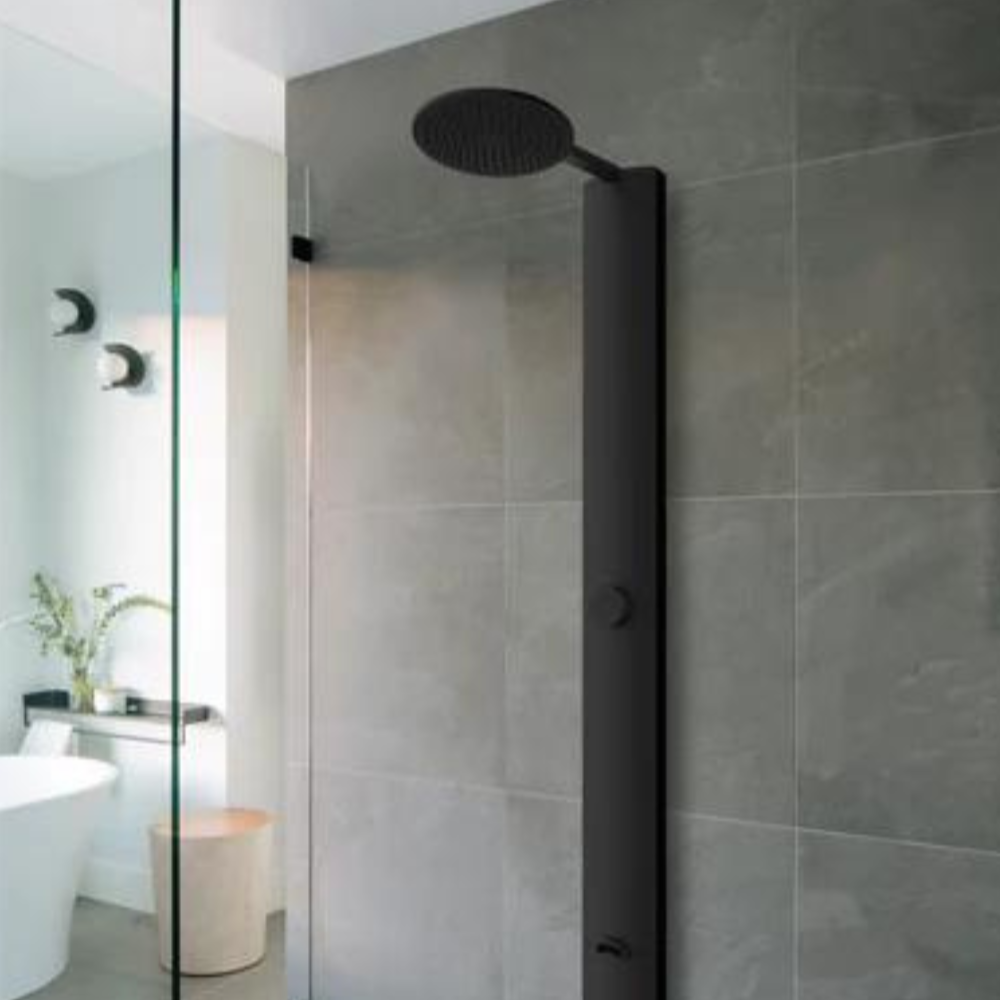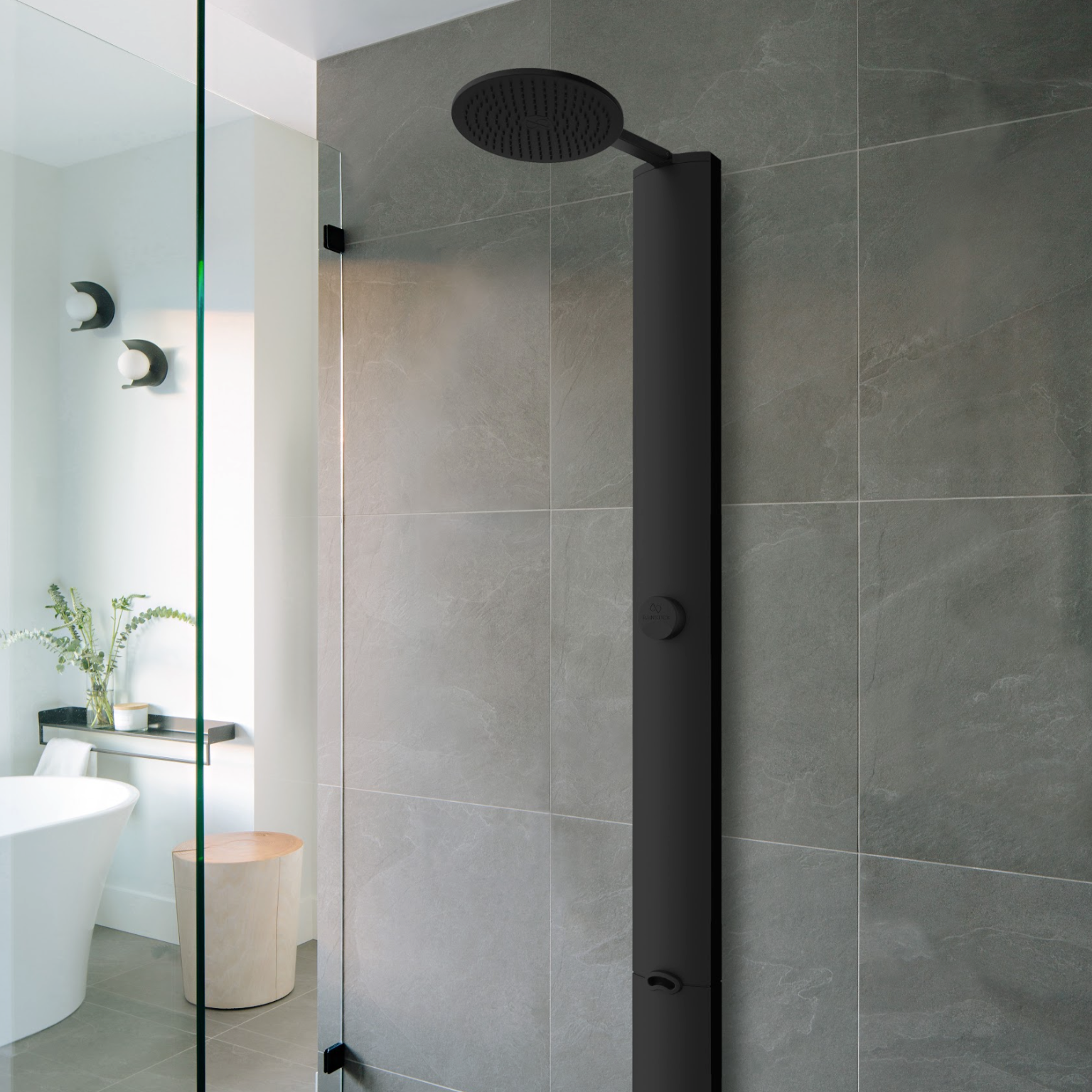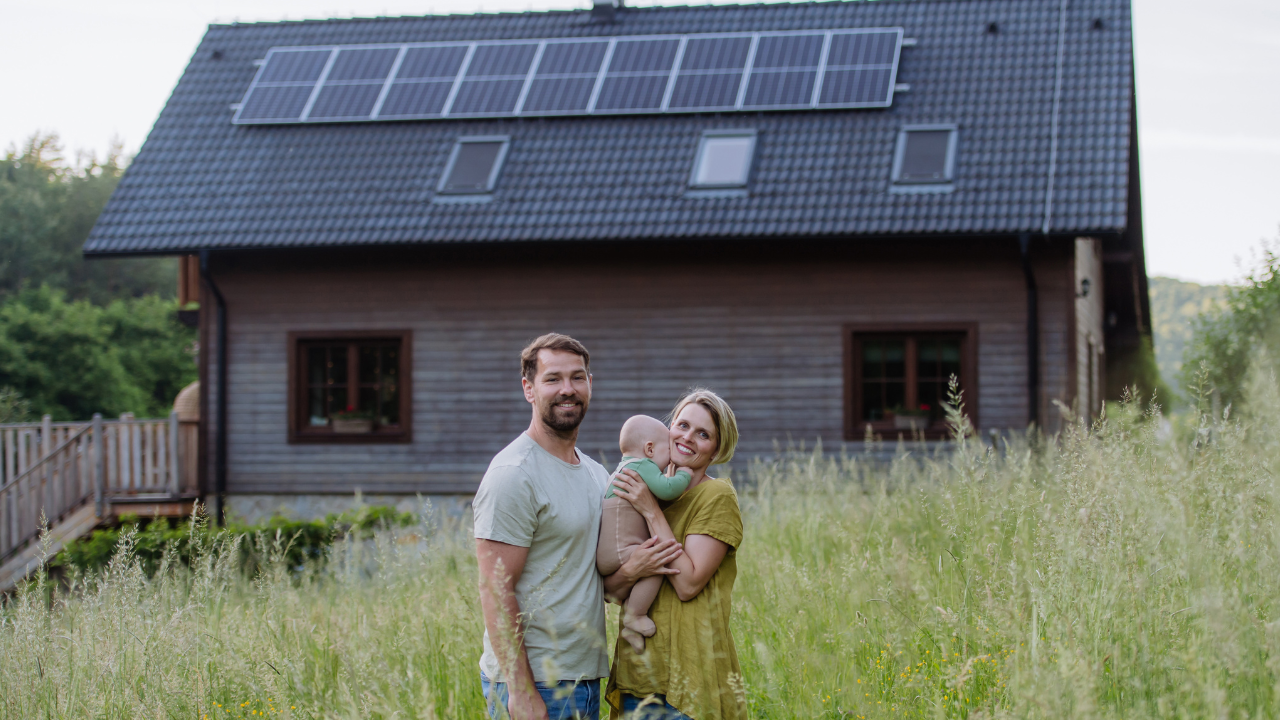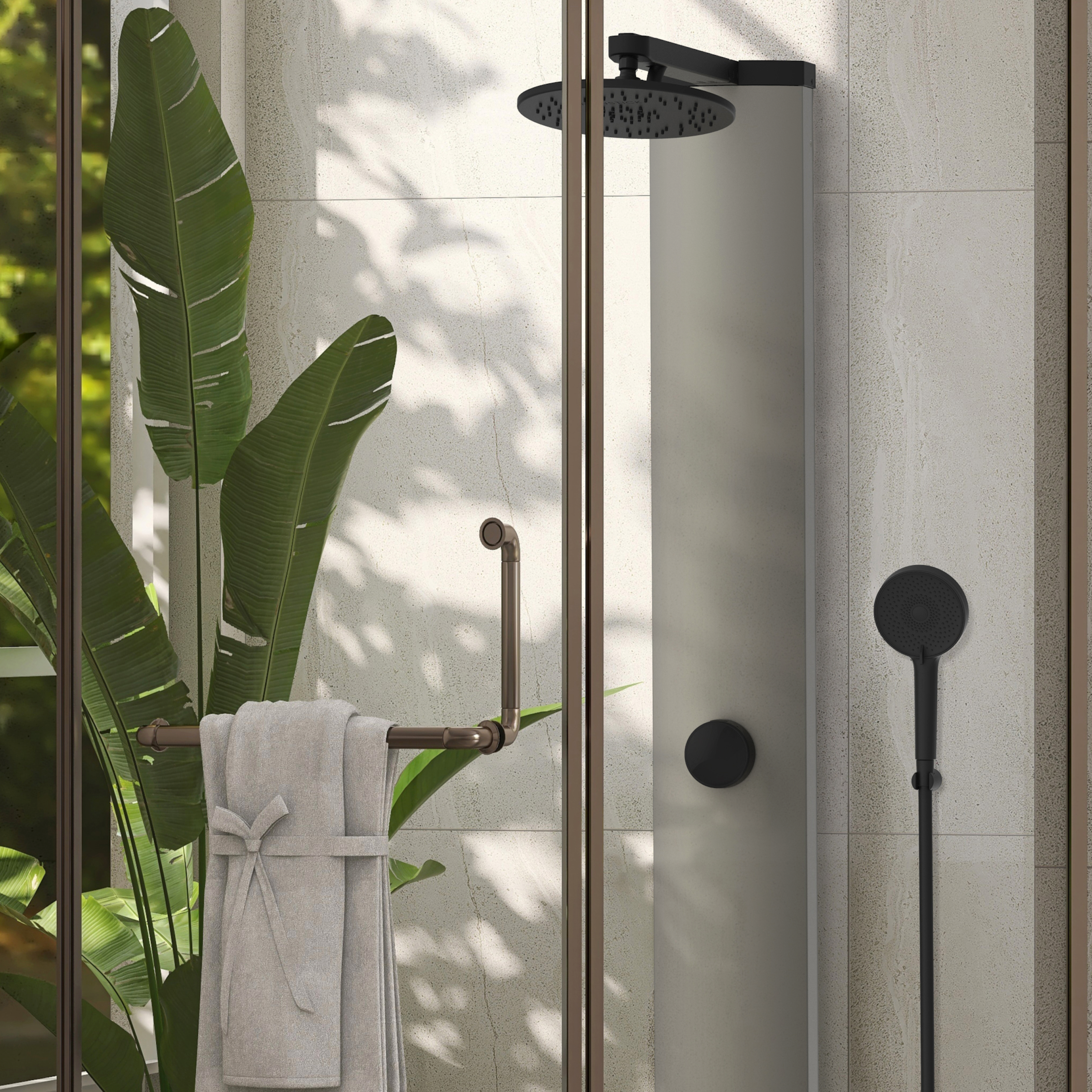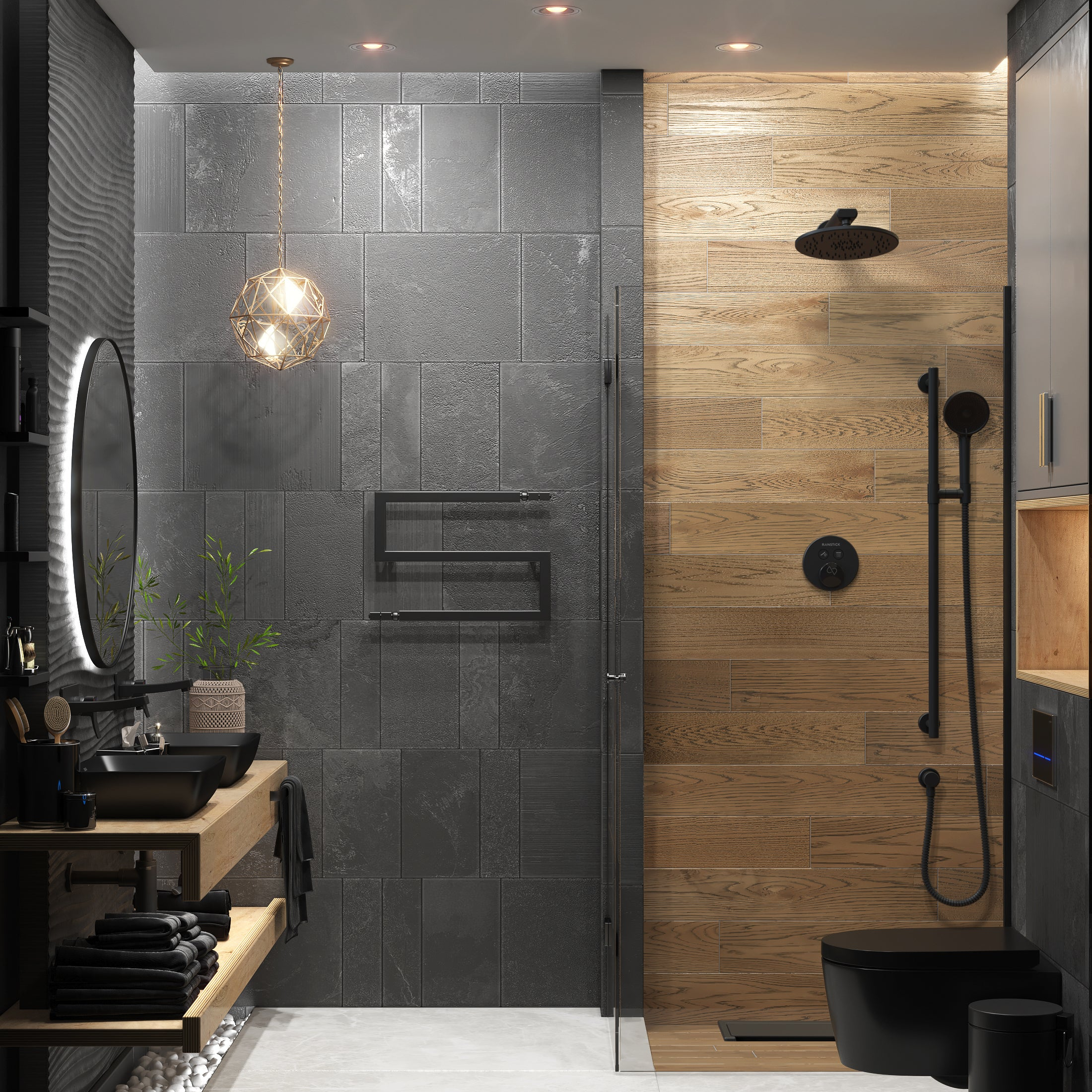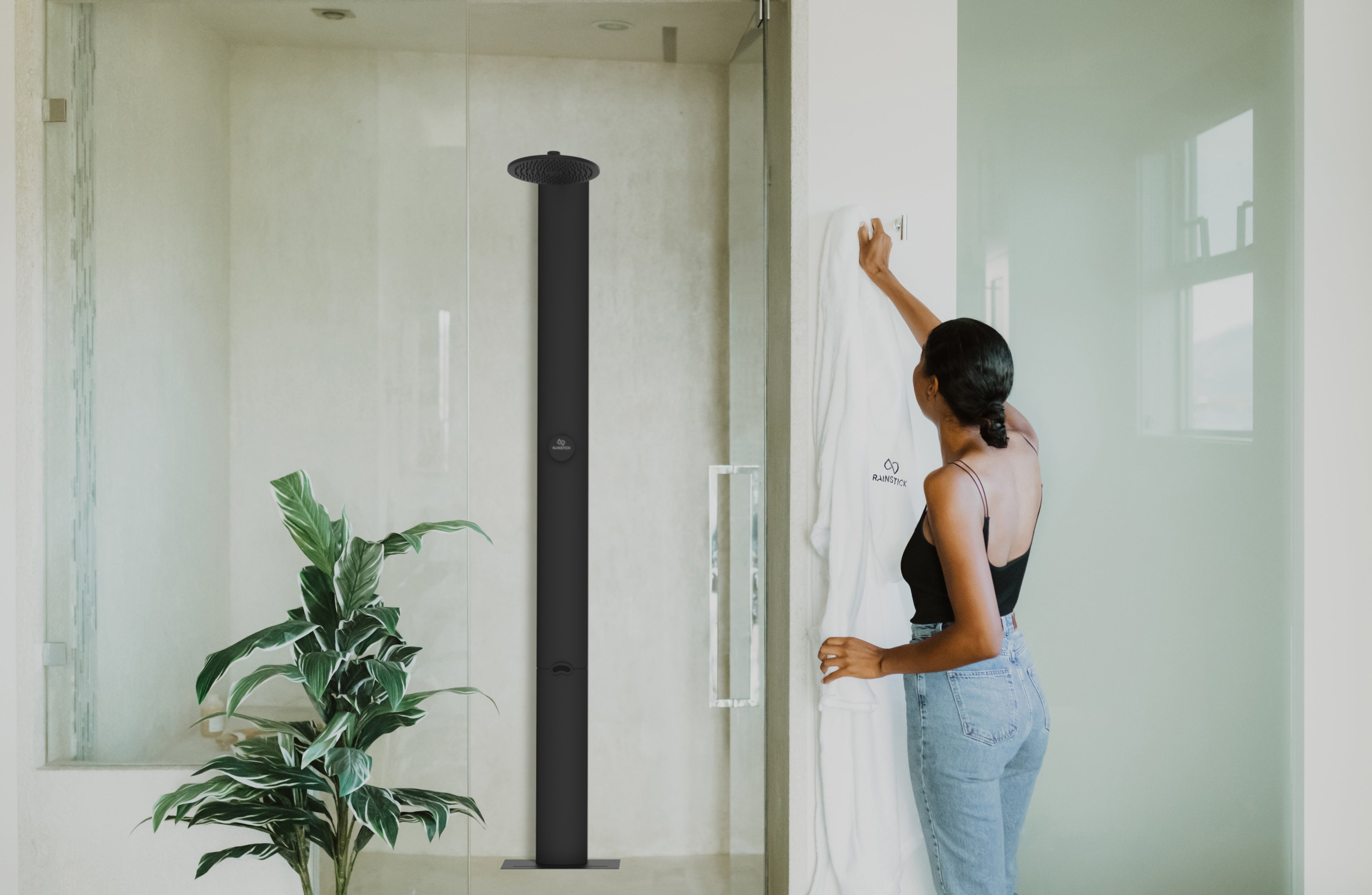Living off-grid has become more than just a lifestyle choice; it’s a movement toward self-sufficiency, sustainability, and a deeper connection to nature. When most people think of off-grid living, they imagine a remote cabin in the woods, completely disconnected from modern conveniences. However, off-grid living isn't limited to isolated, rural locations. With advances in technology and a growing focus on eco-conscious living, it's now possible to live off-grid in a variety of settings, including cities and suburbs. But what exactly does it mean to live off-grid, and how can someone transition to this way of life regardless of their location?
At its core, living off-grid means disconnecting from public utilities such as electricity, water, gas, and sewage systems. This doesn't mean abandoning comfort or technology. Instead, it involves taking responsibility for your own power generation, water supply, waste management, and often food production. While this approach is most commonly associated with rural living, urban and suburban dwellers are increasingly exploring ways to incorporate off-grid elements into their homes and lifestyles. This blending of independence and modern living is reshaping the way we think about sustainability and self-reliance.
Understanding Off-Grid Living
Off-grid living centers around self-sufficiency. It’s about creating systems that allow you to meet your basic needs independently. Most people associate this lifestyle with generating their own power through renewable energy sources. Solar panels, wind turbines, and even micro-hydro systems are popular choices for those looking to go off the grid. In urban settings, rooftop solar panels are increasingly common, allowing city residents to reduce or eliminate their reliance on the electrical grid. For water supply, off-grid enthusiasts often turn to rainwater harvesting or well water, treating and filtering it for safe use. Urban dwellers might collect rainwater in rooftop tanks, while rural residents may rely on wells or natural water sources.
Waste management is another crucial aspect of off-grid living. Those living in rural areas might install septic systems or use composting toilets to manage human waste. Urban residents can adopt similar practices by using smaller-scale composting systems or exploring recirculating technology for their showers or gray water recycling for gardens and irrigation. Food production also plays a role, with many off-gridders growing their own food through gardening, permaculture practices, or even small-scale animal husbandry. In cities, residents might cultivate herbs and vegetables in container gardens on balconies, rooftops, or in community garden plots. Living off-grid isn’t about giving up on comfort; it’s about finding ways to live independently, using resources efficiently and sustainably.
Off-Grid Living in Rural Areas
Traditionally, off-grid living has been most commonly associated with rural areas. The wide-open spaces provide ample opportunity for setting up solar panels, wind turbines, and rainwater collection systems. Additionally, having access to larger plots of land allows for more extensive food production, from vegetable gardens to small livestock. Privacy and isolation can make rural off-grid living appealing, offering a retreat from the busyness of modern life.
However, rural off-grid living comes with its own set of challenges. For many, the biggest hurdle is the initial setup cost, as installing solar panels, purchasing backup batteries, and drilling wells can be expensive. Additionally, maintaining these systems requires knowledge and effort. Those who choose this lifestyle often look to new technologies to ease the pain such as water recirculating technologies and incineration technology to maximize water output. Despite these challenges, many people find the benefits of rural off-grid living – such as reduced utility bills, a lower carbon footprint, and a closer connection to nature – to be well worth the investment. Stories of successful rural off-gridders abound, with examples of individuals and families creating comfortable, sustainable homesteads far from city infrastructure.
Off-Grid Living in Urban Areas
While rural settings seem like the obvious choice for off-grid living, it's entirely possible to live off-grid in cities, thanks to modern technology and creative problem-solving. Urban off-grid living usually focuses on reducing dependence on public utilities rather than complete disconnection. For instance, many city dwellers install solar panels on their rooftops to generate electricity. Compact solar systems have made it easier for people to produce a significant portion of their power needs, even in densely populated areas.
Water independence in the city often involves rainwater harvesting. Residents collect rainwater on rooftops, which is then stored in tanks for household use. With proper filtration systems, this water can be used for drinking, cooking, bathing, and gardening. The adoption of new technologies such as RainStick’s water recirculating showers can help maximize every drop of water collected. Additionally, small-scale gray water systems can be used to recycle water from sinks, showers, and washing machines for use in irrigation. Urban gardening is another popular aspect of city off-grid living. From growing herbs and vegetables on balconies to participating in community gardens, city dwellers are finding innovative ways to produce some of their own food.
Living off-grid in the city isn’t without its challenges. Space constraints, building regulations, and zoning laws can limit what is possible. However, many urban off-gridders embrace the challenge, finding creative ways to work within these limitations. By incorporating as many off-grid elements as possible – whether through energy generation, water management, or food production – they create a more self-sufficient lifestyle that still benefits from the amenities of city living.
How to Transition to Off-Grid Living
For those interested in transitioning to off-grid living, the process begins with a self-assessment. It’s important to understand your current lifestyle and identify which aspects of off-grid living align with your goals and circumstances. Some may choose to fully disconnect from public utilities, while others may adopt a hybrid approach, using a mix of grid-tied and off-grid systems.
A common recommendation for beginners is to start small. For example, you might begin by installing solar panels to generate some of your own electricity or a water saving technologies to reduce both energy and water usage in the bathroom and save on your current utility bills. Gradually, you can incorporate more off-grid elements, such as a incineration toilet. For those looking to make a complete transition, careful planning is essential. You'll need to consider factors like the upfront costs of installing renewable energy systems, the learning curve involved in maintaining these systems, and the skills required to manage a more self-reliant lifestyle.
Fortunately, there are many resources available to guide this transition, additionally, connecting with others in the off-grid community can provide valuable support and knowledge as you begin your journey. We recommend Off Grid World, Cottage Life and Reddit to start.
How RainStick Fits Into Off-Grid Living
Water is a crucial part of off-grid living, and that's where RainStick comes in. Our advanced water recirculation technology helps you conserve up to 80% of water and energy in your shower, making it an ideal solution for off-grid households, whether in rural or urban settings. RainStick’s system captures, cleanses, and recirculates water in real-time, reducing your reliance on traditional water supplies. If you truck in water, are finding your well water is drying up or you're by the lake and access is restricted, RainStick is the perfect solution for you. Find our how it works here.
The Benefits of Off-Grid Living
Living off-grid has numerous benefits. Environmentally, it significantly reduces your carbon footprint by minimizing reliance on fossil fuels and public utilities. By generating your own power and sourcing water sustainably or saving significant amounts of water through recirculating shower technology, you contribute to water conservation and energy efficiency. Financially, off-grid living can lead to long-term savings. While the initial investment may be substantial, producing your own electricity, water, and food can drastically reduce ongoing costs. There is also a profound sense of satisfaction and security that comes from being self-reliant. In times of uncertainty, like power outages or water shortages, off-gridders can continue to live comfortably.
Ultimately, off-grid living is about creating a lifestyle that aligns with your values, whether that means living in a rural cabin or a city apartment. It’s about taking control of how you use resources and finding independence in a world that increasingly relies on complex systems. With the right planning, mindset, and tools, anyone can explore the path toward off-grid living. Whether you aim to make a full transition or simply incorporate a few elements into your daily life, off-grid living offers a rewarding way to live more sustainably and intentionally.
Connect with our team of experts to see how you can start transitioning today and save water and money with the RainStick Shower.


